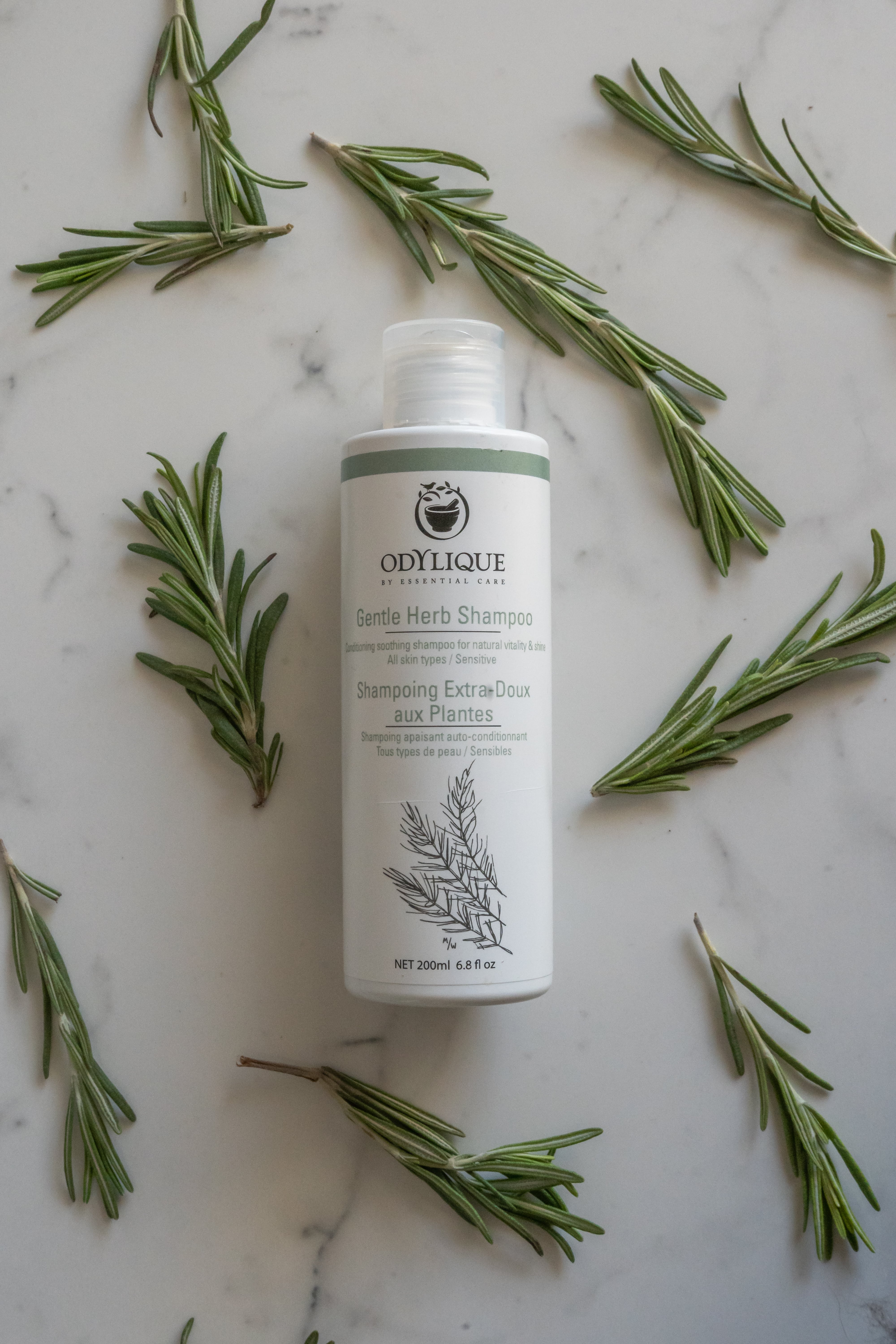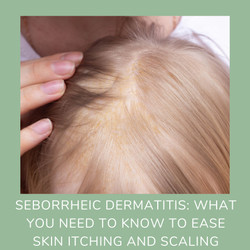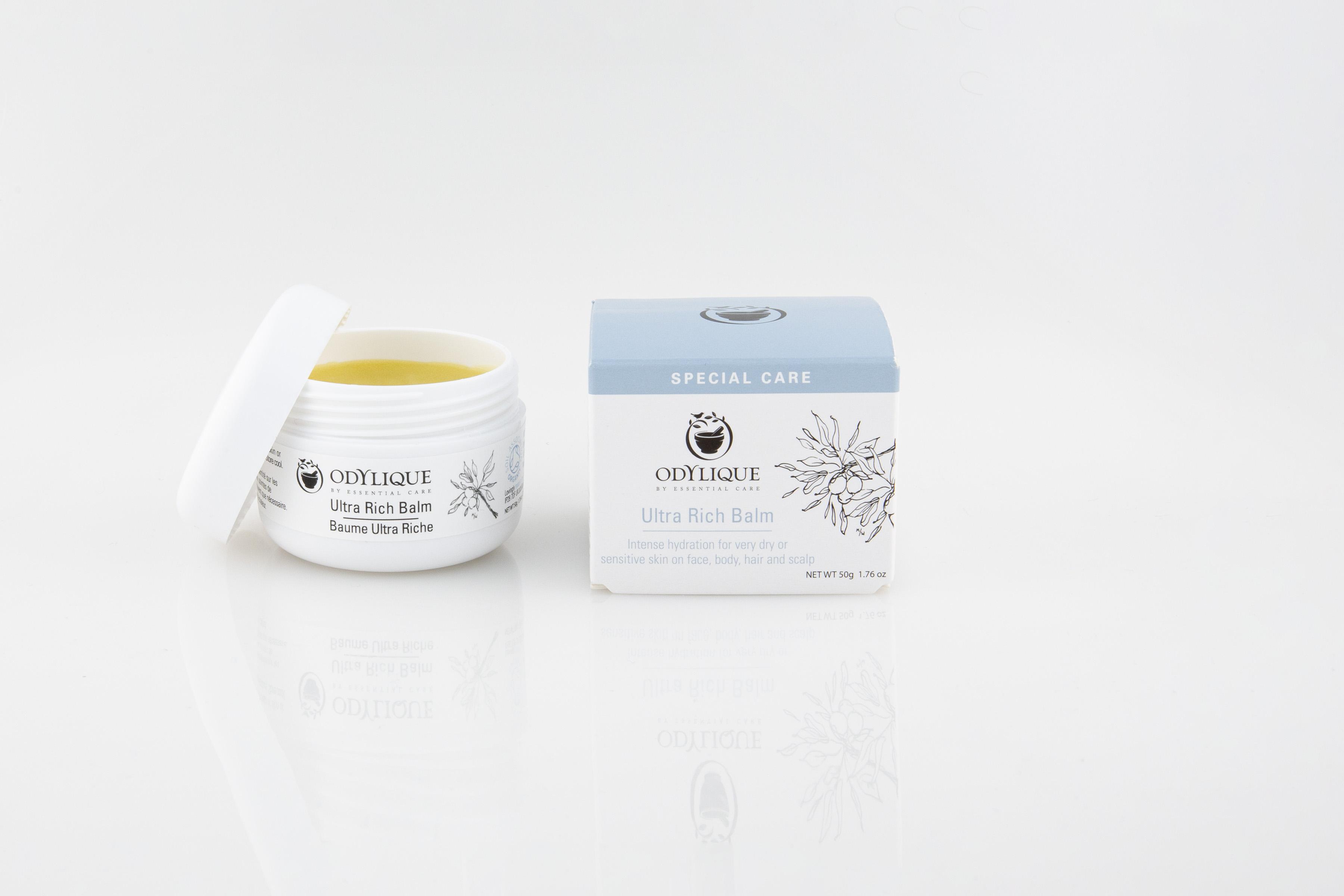Like eczema and psoriasis, Seborrheic Dermatitis can be extremely uncomfortable, distressing and embarrassing.
Often starting in early childhood, the good news is there are lots of steps sufferers can take to reduce symptoms and ease discomfort.
What is Seborrheic Dermatitis
Seborrheic (pronounced seb-orr-ic durm-a-titis) is an inflammatory skin condition that causes itching, pain, and the production of often quite thick ‘scaly’ patches of skin. It can also be called seborrheic eczema.
It’s prevalent in skin folds and anywhere that is especially oily – for example the scalp. Eyebrows, around the nose, ears, chest, buttocks, and groin are all key areas for growth.
In children, seborrheic dermatitis can look like cradle cap. Cradle cap will normally vanish by about 18 months with little intervention necessary. Beyond about 18 months old, cradle cap symptoms are more likely to be seborrheic dermatitis.
What causes seborrheic dermatitis?
According to the National Eczema Society, seborrheic dermatitis can affect people of any age, although it’s more common in children under five and men between the ages of 30 – 60.
If a young person gets it, there’s a strong likelihood it will occur more than once. The sufferer may experience flare ups and then remission periods where they are symptom free.
We don’t know the exact trigger in all cases, but as a rule it is usually caused by a combination of genetic and environmental influences.
The most likely cause initially is an excess of a yeast, called ‘Malassezia yeast’, which lives on the surface of the skin. On occasion it can over-grow, causing the immune system to overreact and create a fungal infection on the skin.
There are some medical conditions linked to an increase in seborrheic dermatitis, including eating disorders and acne. Mental health and stress are also significant triggers.
Exposure to certain chemicals, cold or very hot weather and sweating a lot can make seborrheic dermatitis worse. Wearing synthetic clothing materials is also not ideal.
Symptoms of seborrheic dermatitis
The main symptoms are red, itchy, flaky or scaly patches on your skin, especially the scalp.
These symptoms may range from mild to severe. Hair may come away with the scales when you brush – this hair loss is not permanent but can be distressing.
Does seborrheic dermatitis ever go away?
Yes, with appropriate treatment, and very gentle care, seborrheic dermatitis can and will go away. It may return but as you learn to manage your symptoms, flare ups can be shortened and less severe.
How to help a child with seborrheic dermatitis
Babies often have a mild version of seborrheic dermatitis, called cradle cap. This looks like greasy patches of flaky skin on their scalp, usually yellow coloured.
Cradle cap usually gets better after a few months but can persist for up to a year.
You can see the doctor for advice on treating the issue, but you may not need to. Try:
- Using the gentlest baby shampoo possible if you must use shampoo. For the first couple of months try and stick to just water;
- The same goes for baby wash. Use the purest ingredients only and avoid preservatives and strong fragrance;
- Use a super soft baby brush to comb through the hair, but if the scales pull out hair with it, stop.
You can try using coconut or extra virgin olive oil overnight then gently rinse and comb, but this is only necessary after about six months if it’s getting worse – it’s unlikely to be distressing for baby, so it’s personal preference.
How to manage your seborrheic dermatitis
 We’re often asked if you need to wash your hair every day if you have seborrheic dermatitis. The answer is ‘probably not’.
We’re often asked if you need to wash your hair every day if you have seborrheic dermatitis. The answer is ‘probably not’.
Most people don’t need to wash their hair every day, washing too regularly strips the natural oils from the skin, causing overproduction of oil which feeds the yeast and makes it worse.
You also need to consider which shampoo you use. Sulphates (SleS), Silicones (in conditioners) parabens, dyes and harsh chemicals can trigger a flare-up.
We urge you to switch to a gentle, certified organic shampoo, which is free from toxic ingredients to support your scalp to remain healthy.
You may have been put onto a medicated shampoo to tackle the yeast infection, but some people report that this makes the problem worse. Sometimes, identifying your triggers and tackling them, is more effective.
Is seborrheic dermatitis contagious in adults?
No, like all forms of eczema, seborrheic dermatitis is not contagious. Even very close contact won’t result in transmission. It’s a genetic condition triggered by specific life events.
How to reduce seborrheic dermatitis on the face and in the eyebrows
Once seborrheic dermatitis affects the face, it can feel embarrassing and very visible. We recommend using a very gentle balm, like our Ultra Rich Balm to keep the area protected.
You can use a super soft bamboo toothbrush to brush out the scales, but avoid harsh toners, and exfoliants on the face, which make it worse.
For more information or advice on seborrheic dermatitis, contact our organic skin and hair care experts now.


